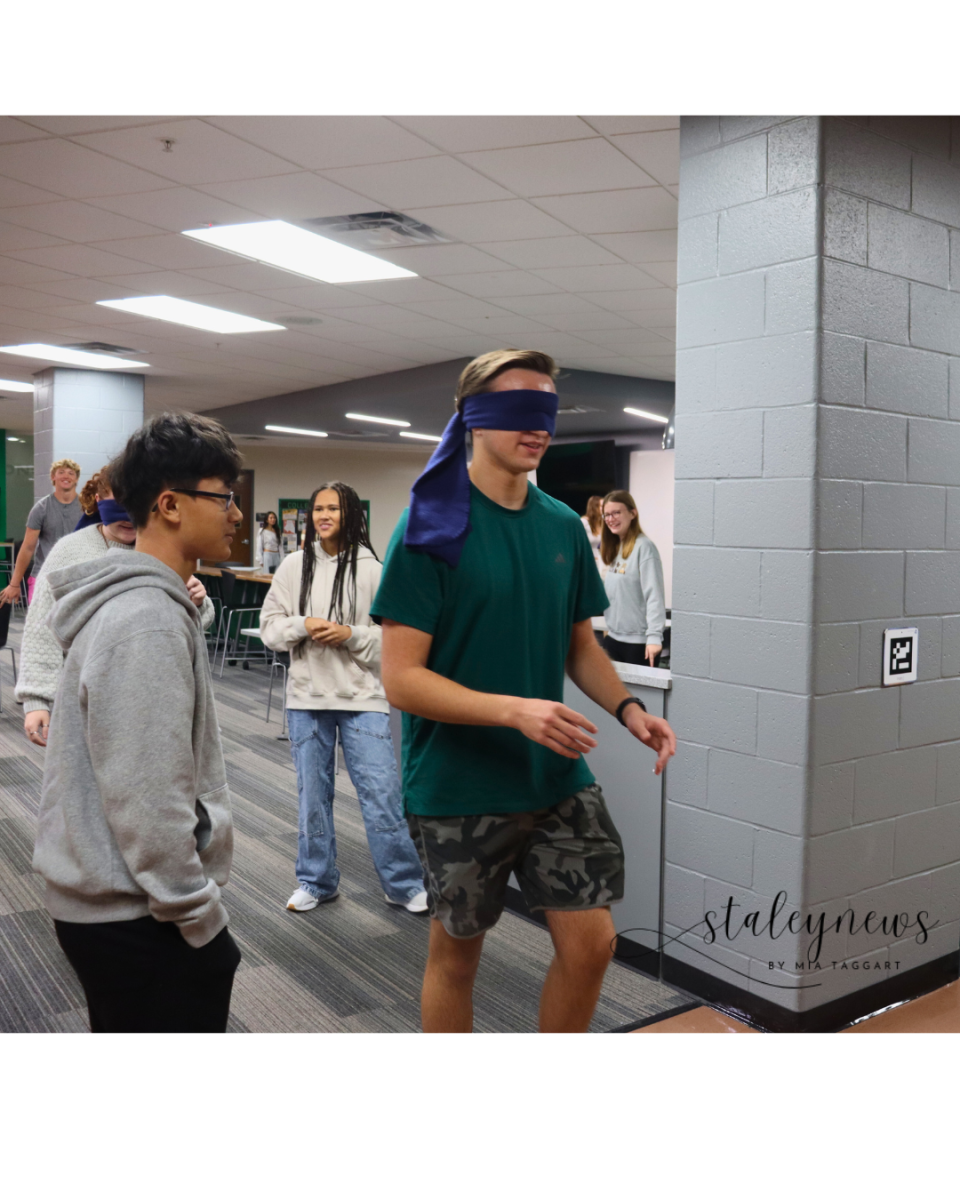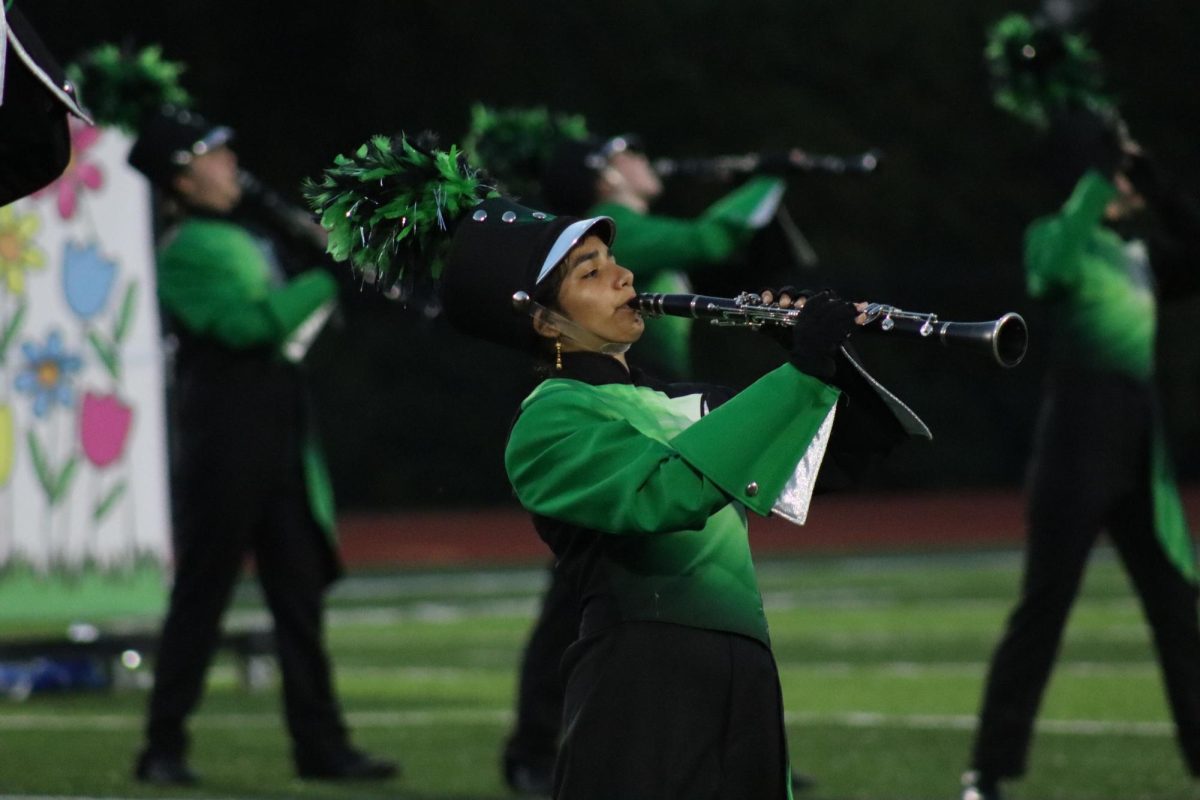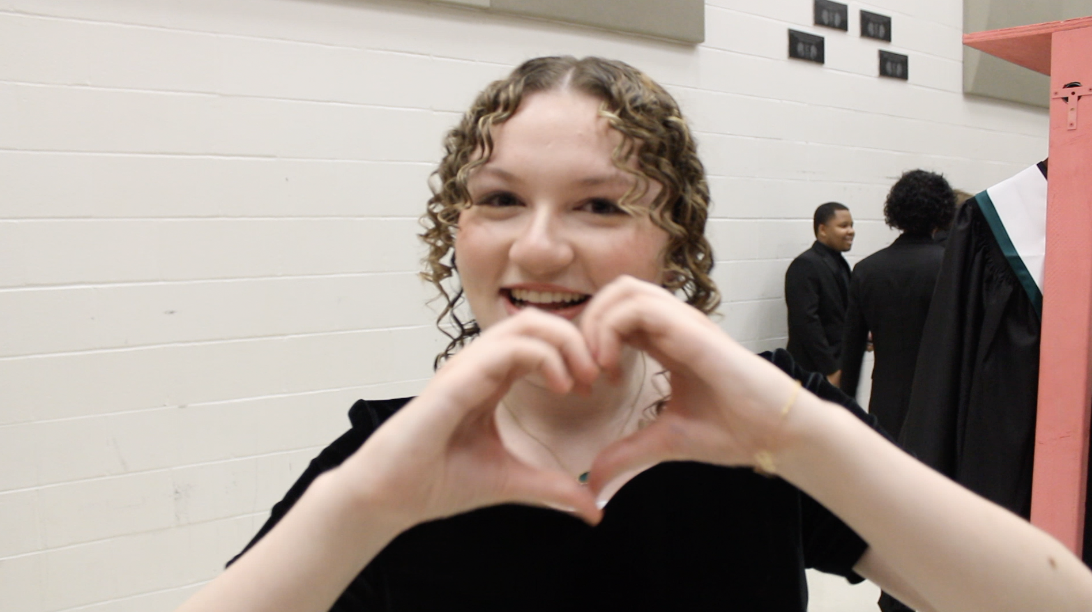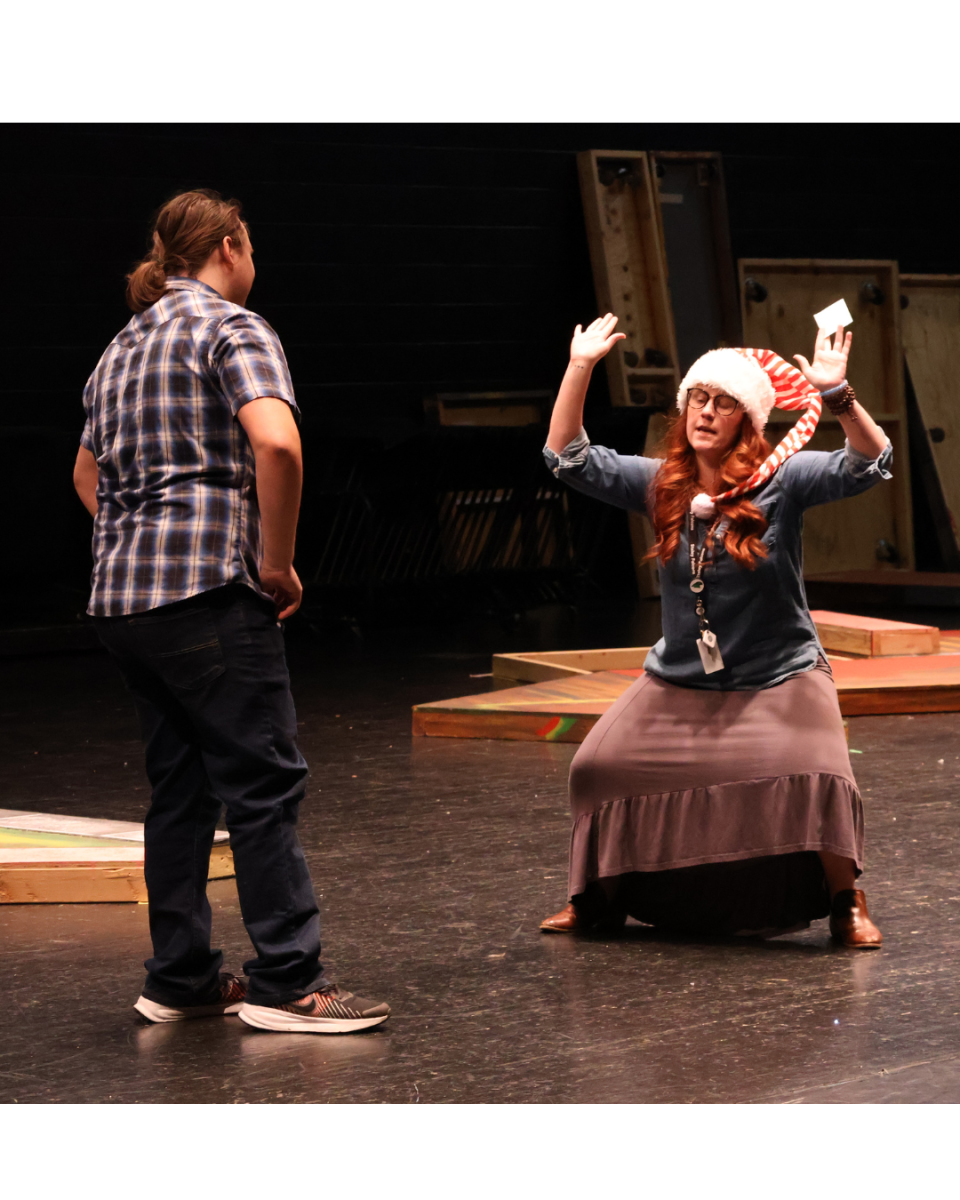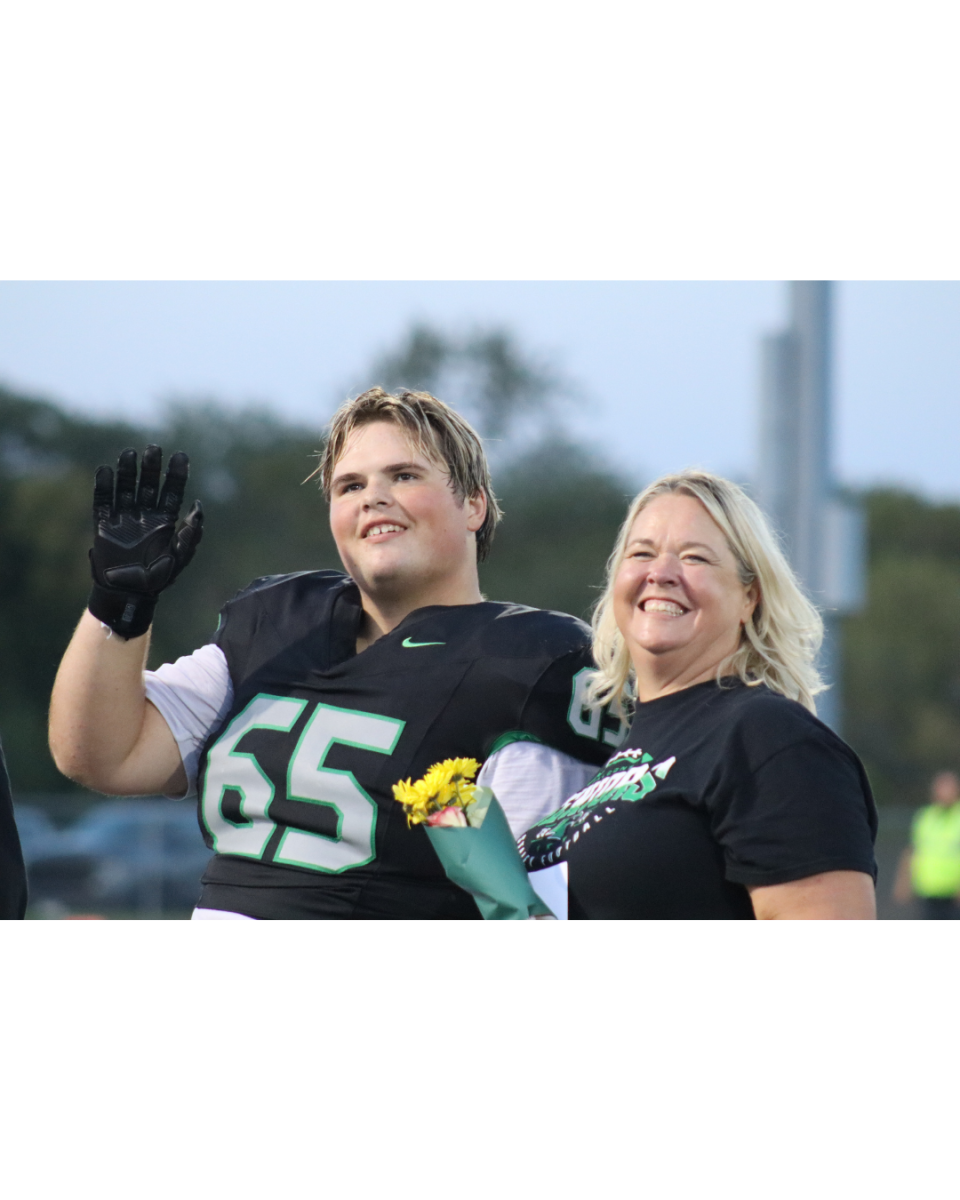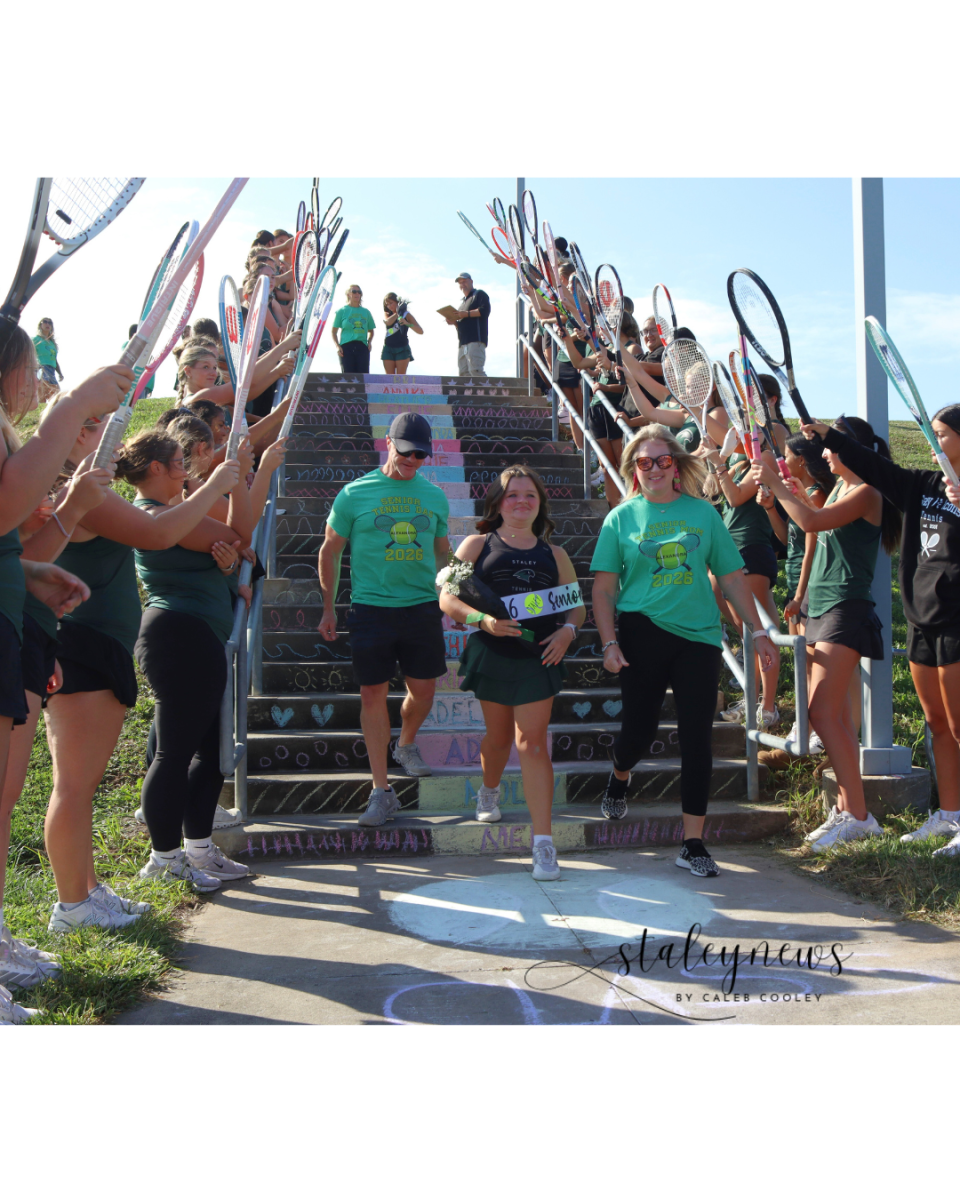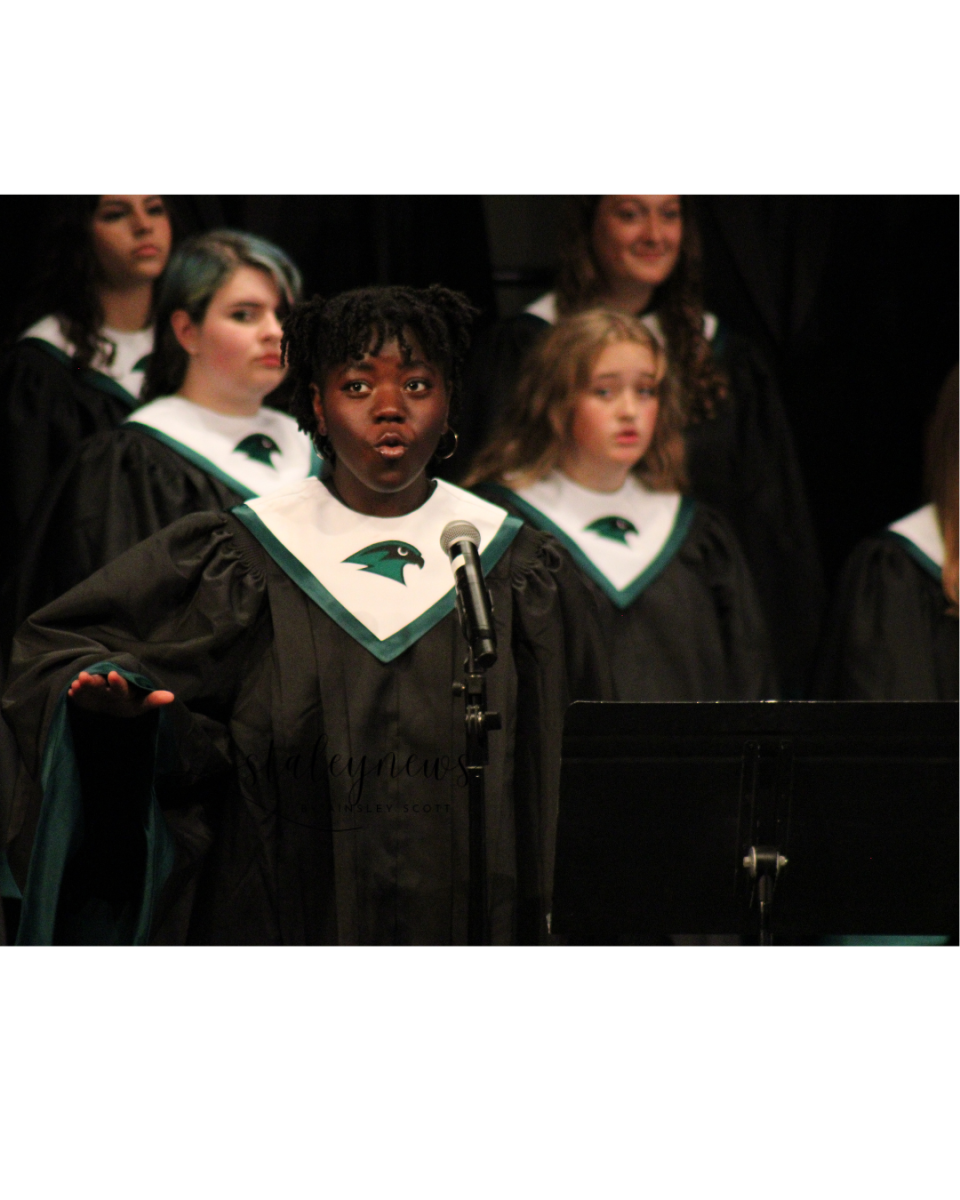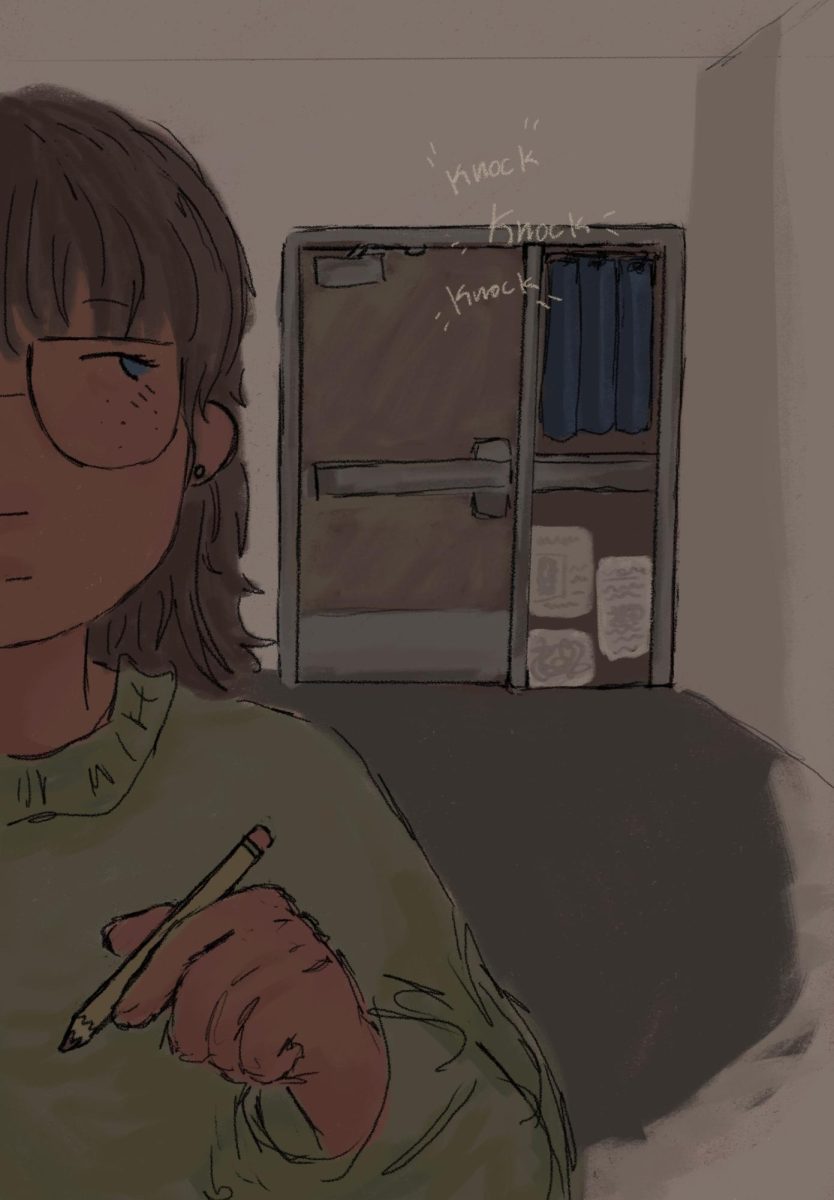It’s tougher for students to move between classes nowadays, but there’s a reason for that.
The North Kansas City School District has implemented a locked-door policy, meaning that classroom doors must be locked at any time when students are present. The policy is meant to protect staff and students in case of school violence.
“The true deciding factor that kind of pushed us to do this, it seems like it was done kind of suddenly, but it’s something that we have moved in the direction, was the shooting in Winder, Georgia, in early September,” North Kansas City School Safety and Security Director, Mitzi Boydston said.
Boydston said the shooter tried to enter a classroom with a locked door, but after failing he moved to the room next door which had an opened door.
“It could have been much more tragic if that first door hadn’t been locked,” Boydston said.
The new policy’s purpose was to add another layer of safety precautions. There are times when teachers are able to have their doors unlocked and some exceptions to the rule.
“Get-out spaces, places that cannot be traditionally locked down: cafeterias, your Great Hall here, gymnasiums, some flex rooms,” Boydston said. “During transition periods, passing times, usually the first few minutes after class starts, are when some students are going to special learning opportunities like ELL or speech or things like that for the first few minutes while that transition is taking place, the doors don’t need to be locked. It’s generally geared toward traditional instructional times.”
Some teachers have mixed feelings about the policy.
“As far as the safety aspect, it’s fine,” math teacher Joel Wazak said. “The things I don’t like are the annoyance of having to open the door all the time when kids come in tardy or go to the bathroom and come back. That’s frustrating in that aspect.”
Some think the safety aspect outweighs the inconvenience of having to open the door.
“I told students, ‘I realize that it’s an inconvenience. But, on the other hand, I appreciate the district’s willingness to do what it takes to keep students and staff safe,” science teacher NeQuelle DeFord said. “So, it’s an inconvenience that is for our betterment.”
DeFord got innovative with how she made the distraction a little less annoying.
“I had this doorbell in my class that was my attention getter whenever I couldn’t get students to quiet down and listen to what I had to say,” DeFord said. “Not only can we hear it, it kind of makes the distraction less annoying,and it also just gives my room one more way to feel like a home.”
Students also feel like the policy is an inconvenience.
“It’s annoying to have to interrupt class, but I understand why we have it,” junior Sophie Schelle-Wilson said.
There is more information about the policy on the school district’s website. Under the safety and security department, there’s a frequently asked questions section that goes more in depth into why the change was made.
“We try to be transparent as a district to all of our stakeholders,” assistant principal Vincent Potts said. “You know, when we make changes like this, and again, it’s not the result of anything that has occurred within our district. But we try to learn in their surrounding districts that are also making shifts. So we want to be in line with those best practices.”

